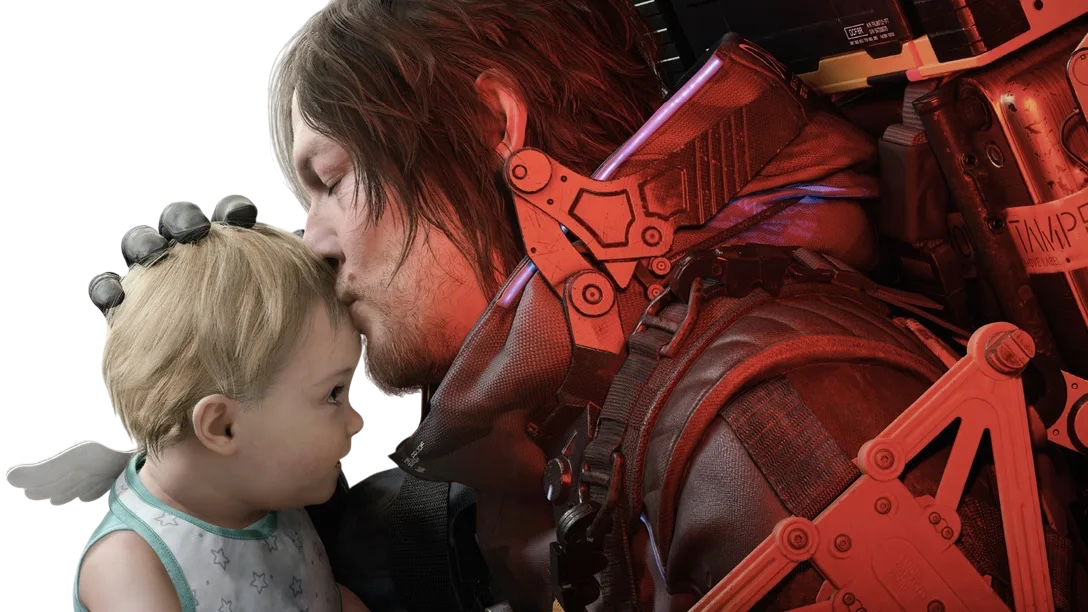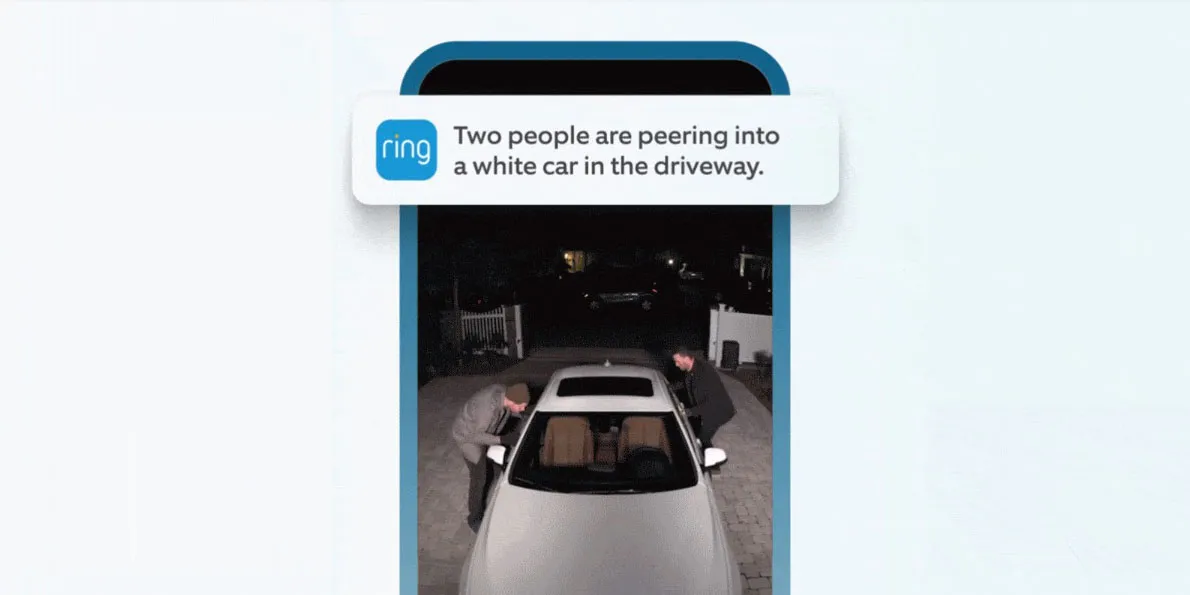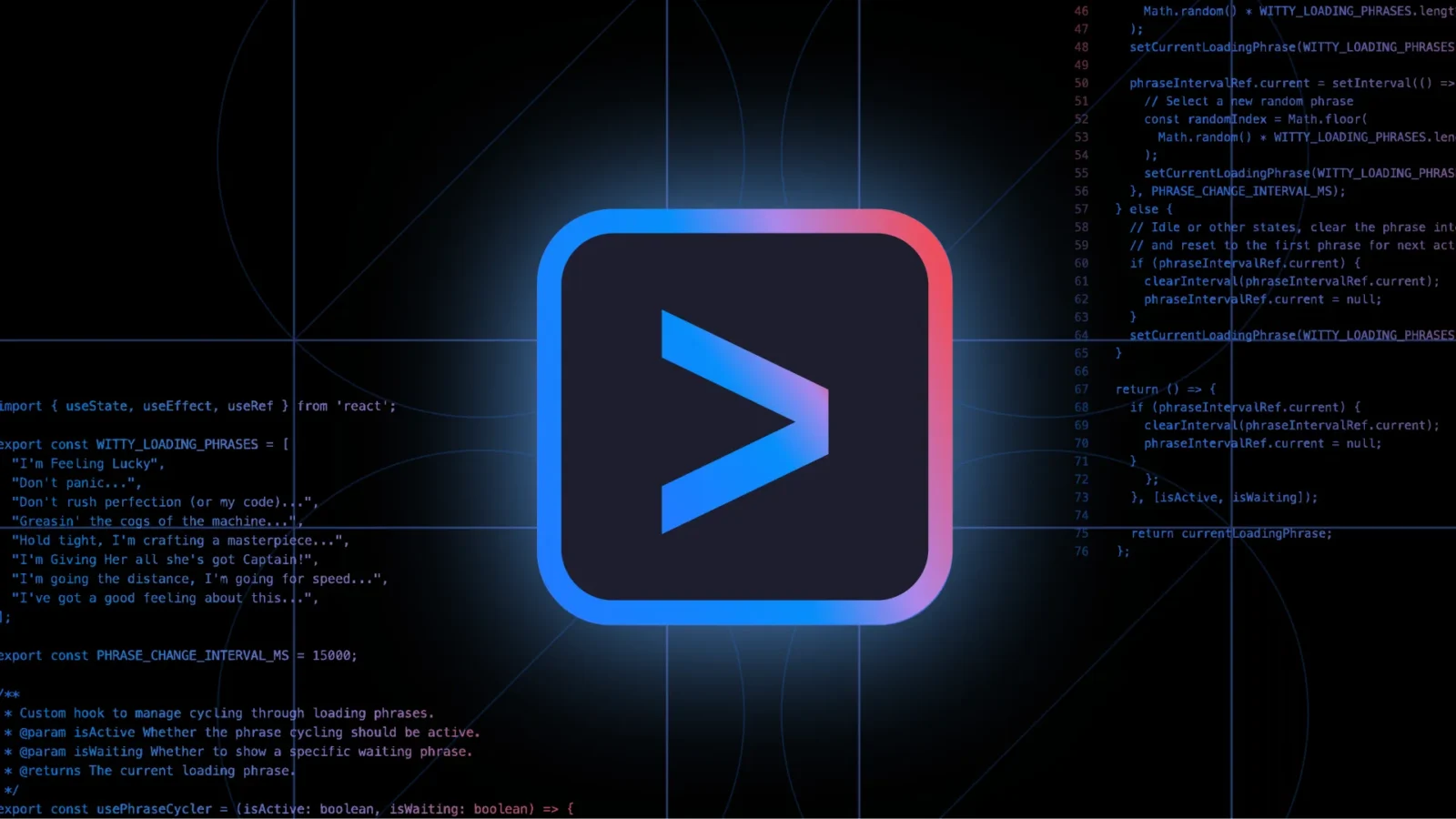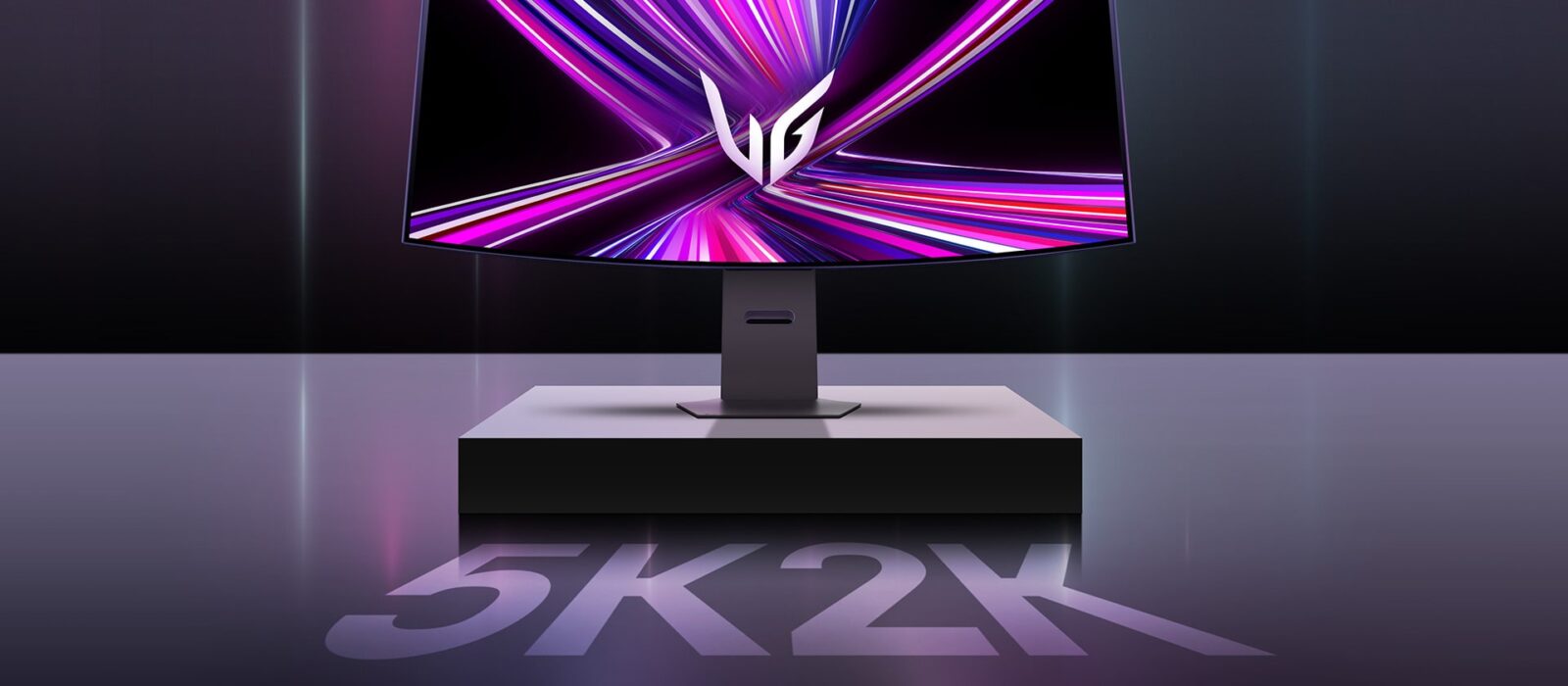TL;DR: Death Stranding 2: On the Beach is Hideo Kojima unleashed. It takes the quirks, the contemplations, and the couriers of the original and molds them into a stranger, smoother, and significantly more satisfying journey. With improved stealth-action gameplay, a more focused emotional story, and enough haunting sci-fi weirdness to make Cronenberg flinch, this is Kojima at his most refined. It’s not a game for everyone, but for those willing to embrace the odd, it’s unforgettable.
Death Stranding 2: On the Beach
Me, the Beach, and the Bitterness of the First Trek
I’ll be honest: when I first played Death Stranding back in 2019, I bounced off it like cargo off a wet rock face. Kojima’s vision of a post-apocalyptic America where Norman Reedus schleps Amazon Prime deliveries across haunted tundra? It was weird. Slow. Beautifully obtuse. I admired it from a distance, like modern art made out of bone and piss grenades. There was poetry there, but it got buried under too many UI tutorials and too much rain.
But I never stopped thinking about it. The soundtrack haunted my playlists. Sam’s solitary hikes, interspersed with that sweet Low Roar melancholy, started to feel like something deeper the more I thought about it. Maybe the game wasn’t the problem. Maybe it was me.
So when Kojima came back swinging with Death Stranding 2: On the Beach, I was ready to walk again—this time not out of confusion, but curiosity. What I found wasn’t just an improvement; it was an evolution.
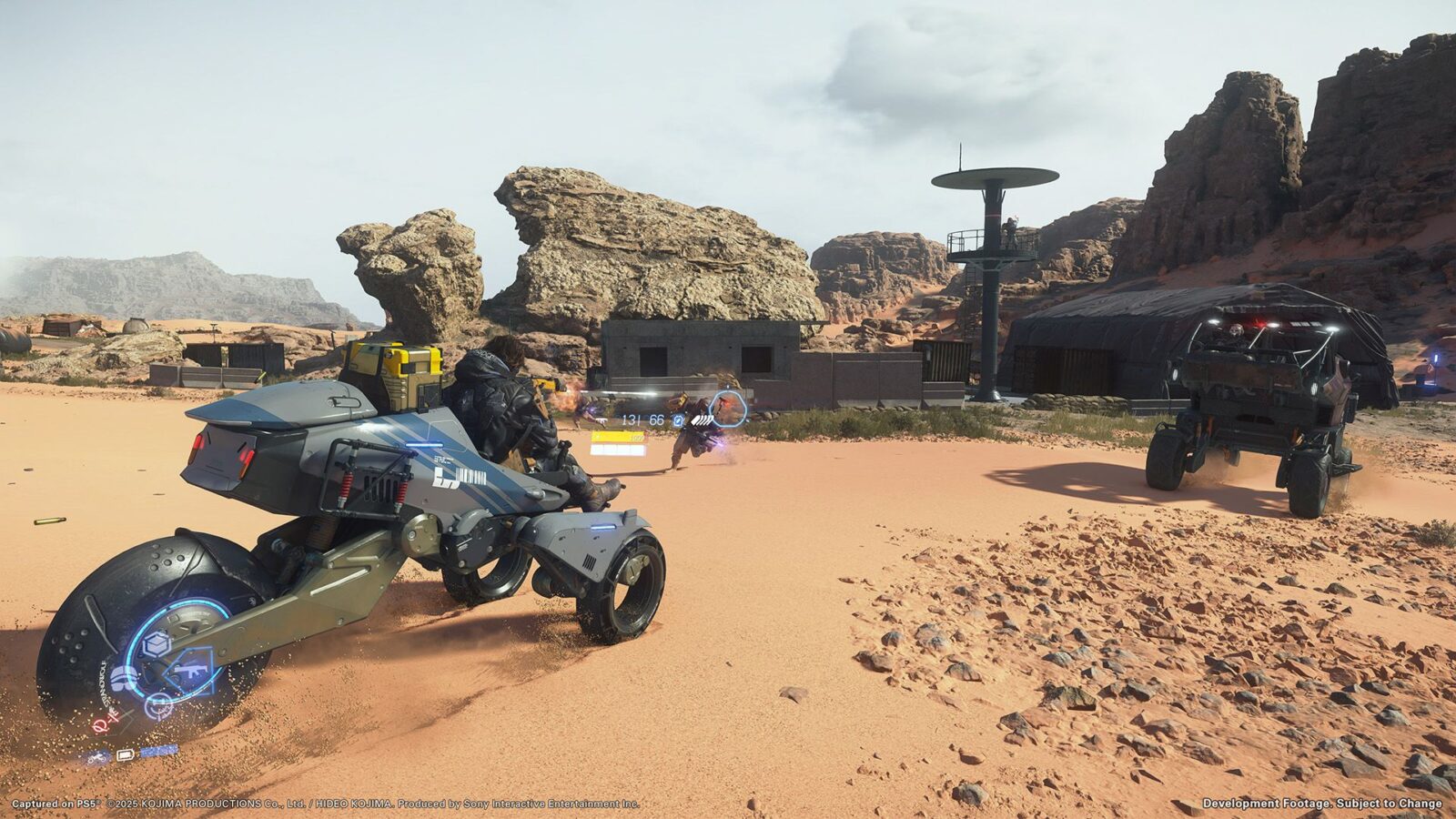
The World’s Still Ending, But This Time It’s Australian
On the Beach dumps the shattered continental U.S. in favor of a bizarrely alien Australia—one part Mad Max, one part eco-horror, and every part Kojima’s fever dream. Sam Porter Bridges is back, grizzled and a little grumpier, tasked with reconnecting a new land to the Chiral Network. His motivations are murky. His friends are few. His path? Unpredictable.
But unlike the first game, where every trek felt like a manual labor simulator crossed with an art house film, On the Beachis…fun. Like, legitimately fun. The terrain is still treacherous, and you’ll still curse every time you fall into a ravine or trip over your own over-packed cargo pile. But the game gives you better tools earlier, smarter enemies, and missions that rarely feel like filler.
Australia here isn’t just a setting—it’s a character. Quakes shift the landscape. Rivers swell and roar. Sandstorms whip visibility into soup. It’s survival horror by way of package logistics, and it’s never not tense.
The Stealth is Solid (Snake)
Kojima may be free from Konami, but his Metal Gear roots are in full bloom here. The stealth-action loop, once a clunky aside, is now front and center. From the moment you launch your creepy puppet drone, Dollman, to scout a base, you know the rules have changed. This isn’t just about walking. This is about infiltrating, improvising, and occasionally incinerating.
Combat’s tighter. The tranq sniper? A game-changer. Tossing blood grenades at ghostly BTs? Still satisfying. And when you screw up—and you will—the chaos that ensues is pure, symphonic madness. There’s something joyous about luring a squad into a trap, only for things to go sideways and end in a high-speed chase across the Outback.
And yes, it’s still a bit too easy on Normal difficulty. But that’s by design. This isn’t a punishment simulator. It’s a mood piece where the pacing matters more than the peril.
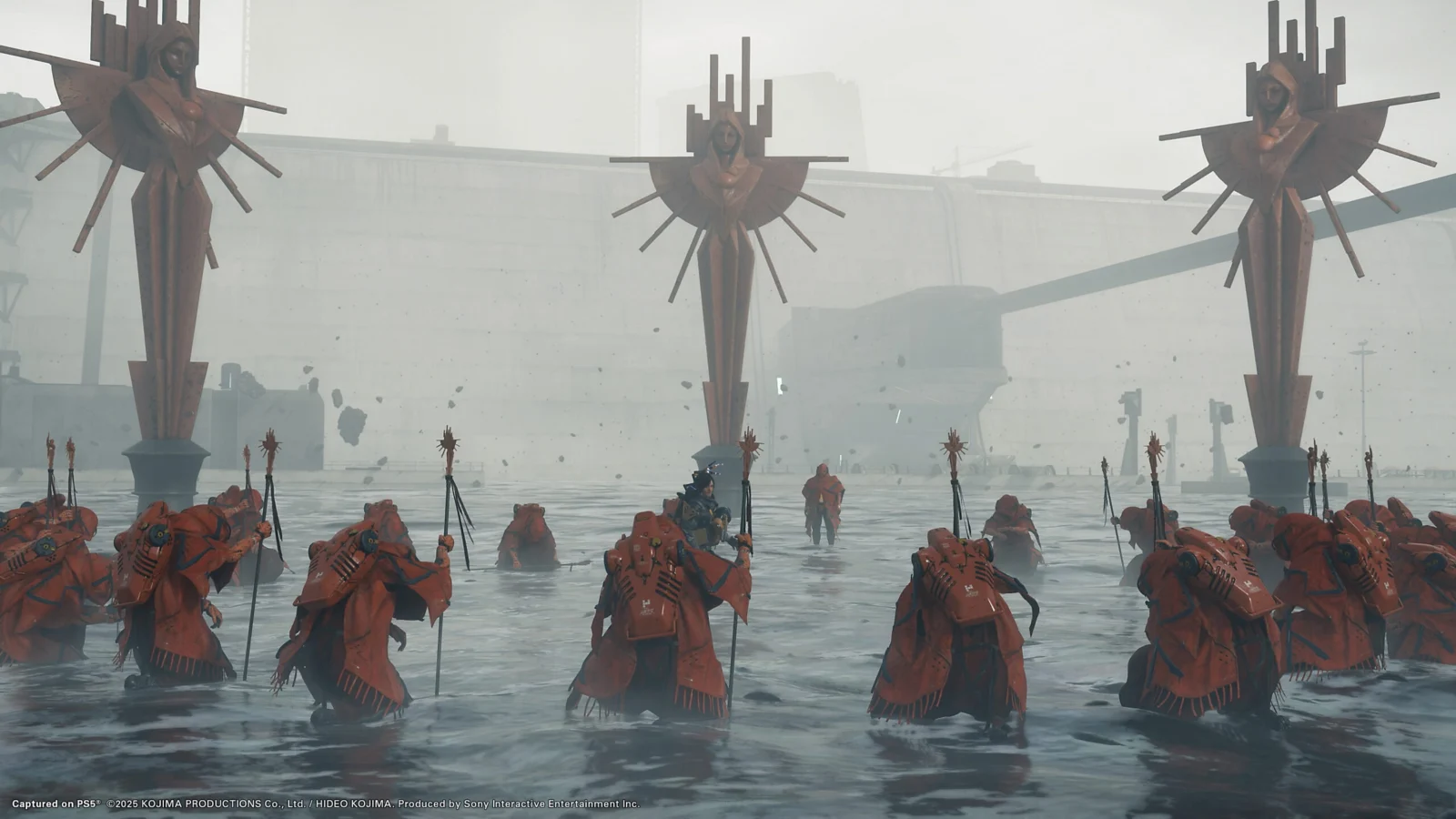
Kojima’s Weird Toybox
Let’s talk about the gadgets. Because, holy hell, Kojima let his team cook.
Coffin hoverboards. Missile-launching robot dogs. A blood boomerang that drains your life every time you chuck it. This isn’t your granddad’s post-apocalypse. It’s like Mad Max got high on Ghostbusters and started building in Minecraft.
You unlock these tools not just by grinding, but by playing your way. Love combat? Get better guns. Prefer stealth? Learn to erase your tracks. Feel like being a weather nerd? Predict rain like a BT whisperer. The skill chip system, straight outta Nier Automata, makes your version of Sam feel tailored to your vibe.
It’s sandbox freedom, but curated with intent. Every tool has purpose, every upgrade feels earned.

The Mission is the Message
There’s something borderline hypnotic about the mission structure in On the Beach. Deliver this. Retrieve that. Fight those guys. Avoid the ghosts. You’d think it would get old. But it doesn’t. Because every mission is just different enough. Timed runs. Fragile cargo. Escorting a kangaroo to safety. (Seriously.)
What helps most is the rhythm. There’s always forward motion. Backtracking is minimal. You’re constantly unlocking something—gear, lore, or weird little interactions. The game rarely wastes your time. And when it does? You’re usually too intrigued by the next insane story beat to care.

Story Time with a Talking Dummy
Oh, the story. Let’s try to summarize this madness without sounding like a conspiracy theorist.
Eleven months after the first game, Sam wants to live off the grid with baby Lou. Naturally, that fails. Enter Australia. Enter strange new allies and stranger old enemies. Enter Neil, a new antagonist who looks suspiciously like Solid Snake if he’d joined a death cult.
The narrative is dense. Intentionally so. Tar, oil, blood, and metaphor ooze from every corner. But if you can hang with the weird, you’ll find a surprisingly grounded tale about grief, connection, digital dependency, and the search for identity in a world that won’t stop ending.
It’s meta. It’s heartfelt. And it’s often hilarious. (Did I mention the talking dummy quotes Moby Dick and accuses you of smelling bad?)
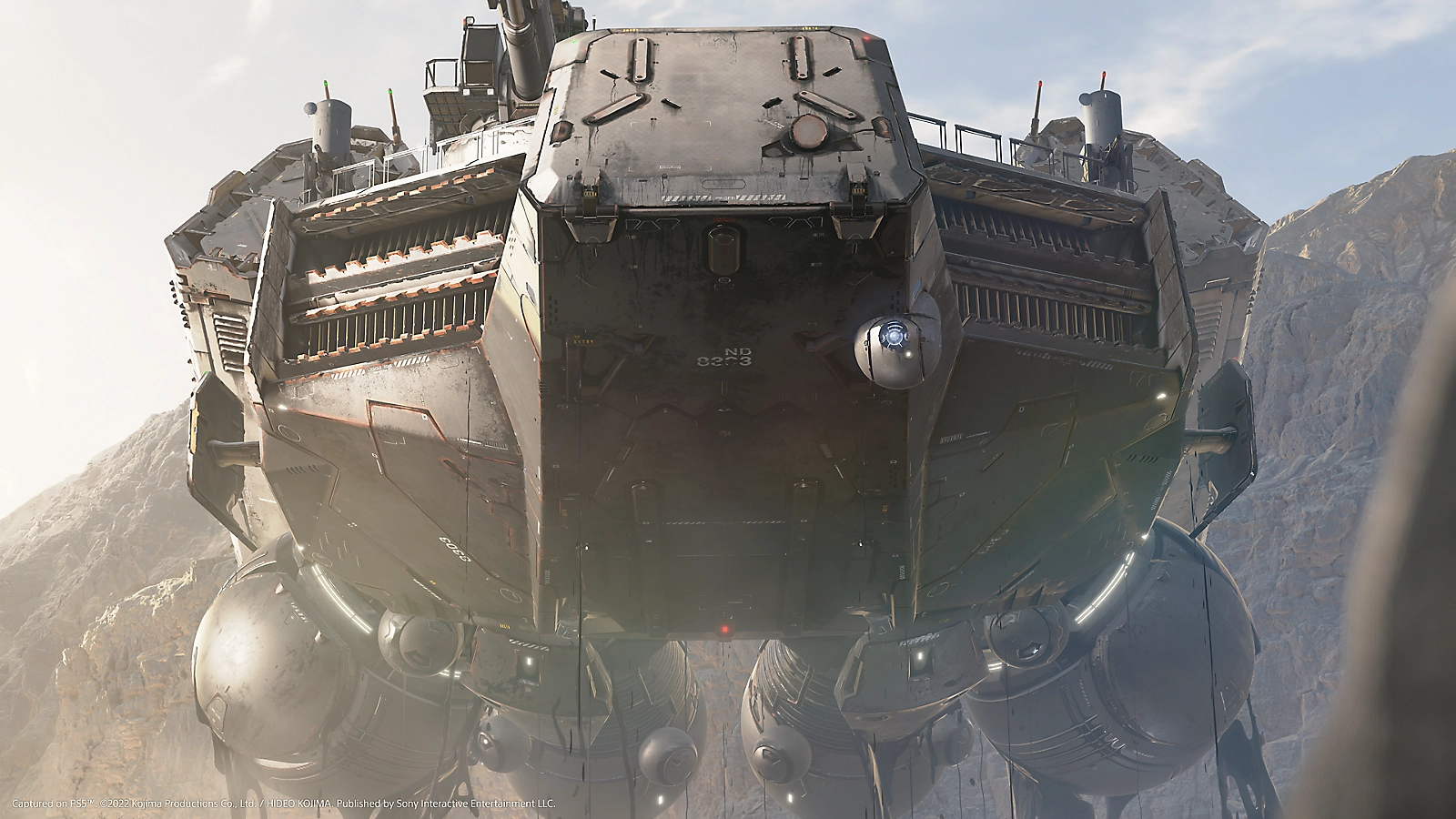
Art, Performance, and the Kojima Way
The performances are killer. Reedus is Reedus—gravelly and grounded. Elle Fanning’s Tomorrow is enigmatic and electric. Lea Seydoux returns as Fragile with even more nuance. And Troy Baker’s Higgs? He steals every damn scene like he’s in an anime adaptation of Bohemian Rhapsody.
Visually, it’s jaw-dropping. Whether it’s the red deserts under looming moons or misty forests lit like a horror film, every shot feels directed. Music cues from Woodkid, Low Roar, and Ludvig Forssell hit with surgical emotional precision. And let’s give props to that Decima Engine—it runs like butter on PS5 Pro.

The Beach Is the Point
Yes, this game is about walking. And yes, sometimes it’s slow. But that’s the point.
Kojima wants you to think while you walk. Reflect. Soak in the landscape. Question the digital world. Sit with grief. Feel the grind. Let the music and loneliness soak into your bones. There’s a reason your path often cuts through desolate quiet. The Beach isn’t just a setting. It’s a space for meditation.
The final act? Let’s just say I’ve never seen a AAA game swing so wildly and so successfully. There are moments in the last few hours that feel like nothing else I’ve played. Fourth-wall breaks. Existential monologues. Gut punches wrapped in sci-fi goo.
And it works.

Connection is the Cure
Death Stranding 2: On the Beach isn’t for everyone. If you hated the first one, this probably won’t convert you. But if you were on the fence—or, like me, intrigued but unfulfilled—you’re in for a revelation.
Kojima has done what few creatives get to do: revisit a flawed, beautiful idea and refine it into something unforgettable. This is his best work since Metal Gear Solid 3, and one of the boldest AAA games I’ve ever played.
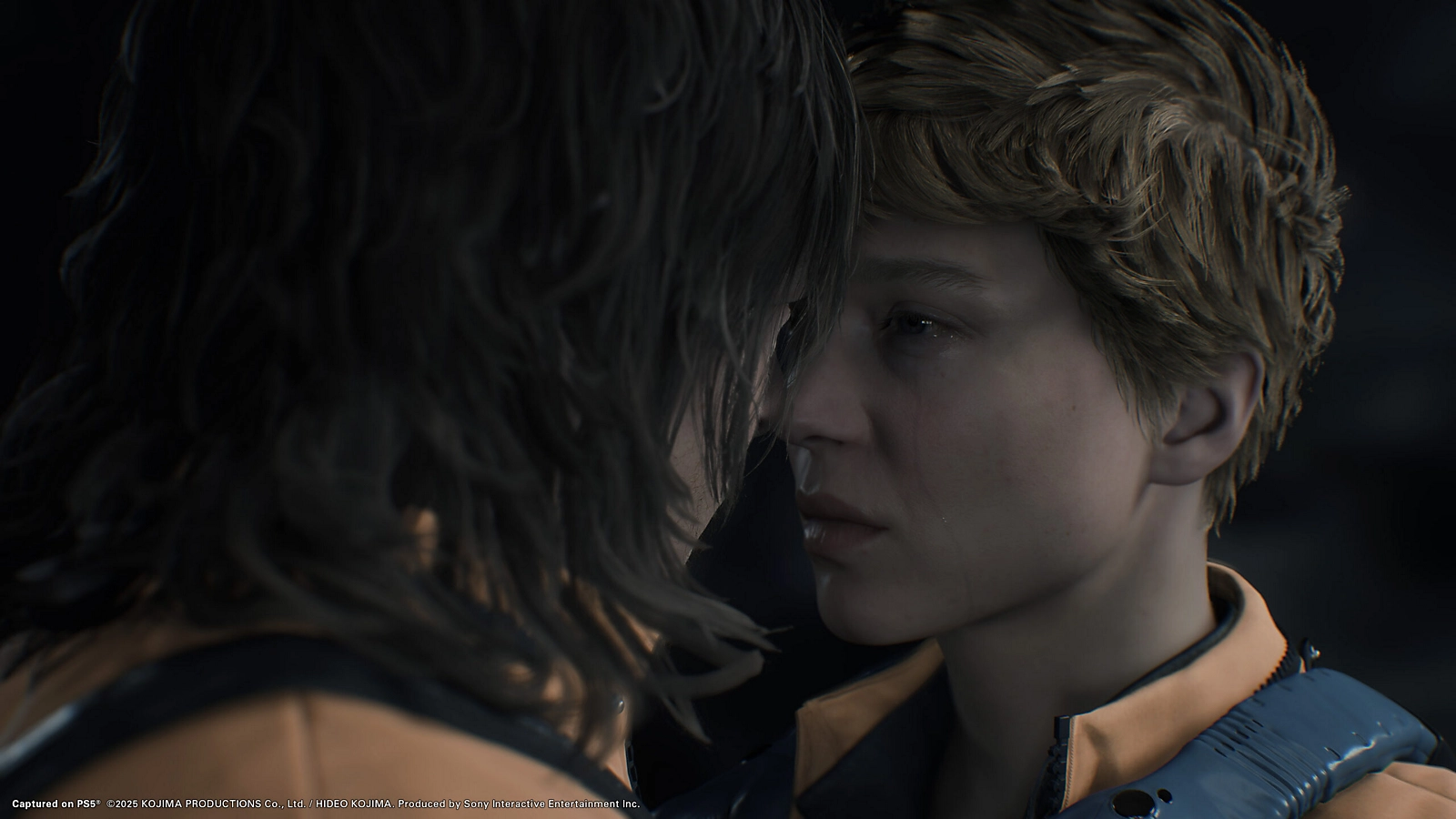
Final Verdict:
Kojima’s best game in decades. Bold, bizarre, and beautiful, Death Stranding 2: On the Beach perfects the formula its predecessor only hinted at. A meditative epic disguised as a stealth-action oddity, it’s a once-in-a-generation game that dares you to walk its path.

